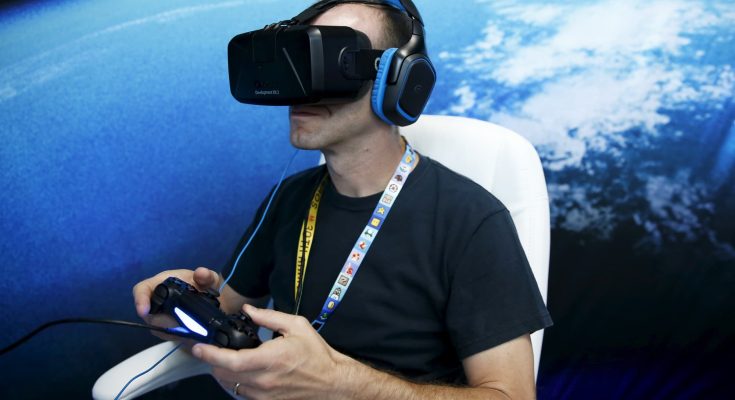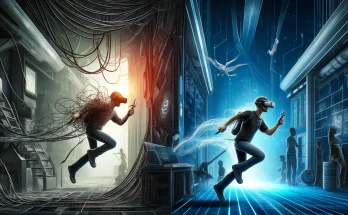The precision with which a virtual reality (VR) system can track a user’s movements determines the quality of immersion and interaction within the virtual environment. Over the years, VR tracking technology has significantly evolved from the early outside-in methods to the more advanced and user-friendly inside-out tracking systems. This article explores the progression of these technologies, their impacts on the VR experience, and anticipates future developments in VR tracking.
Historical Overview: The Beginnings of VR Tracking
VR tracking technology has been foundational in the development of immersive virtual experiences. Initially, VR systems relied heavily on outside-in tracking, which involves external sensors placed around the user’s environment to track their movements and relay that information back to the system. Prominent early examples include the Oculus Rift and HTC Vive, which used infrared sensors and lighthouses, respectively. These systems were revolutionary, offering high precision and setting the stage for the immersive VR experiences we have today.
Technology Explained: Outside-In vs. Inside-Out Tracking
Outside-In Tracking: This system utilizes external cameras or sensors to monitor LED markers on the VR headset and controllers. The primary advantage of outside-in tracking is its accuracy and low latency, which is crucial for a seamless VR experience. However, the setup can be cumbersome, requiring users to place sensors in fixed positions around the room, which limits the scalability and portability of the VR system.
Inside-Out Tracking: In contrast, inside-out tracking systems use cameras and sensors located on the VR headset itself to observe the environment directly and calculate the user’s position in space. This method eliminates the need for external hardware, making VR setups more straightforward and flexible. Devices like the Oculus Quest and Windows Mixed Reality headsets are pioneers of this technology, greatly enhancing user convenience by supporting VR experiences without external hardware.
Benefits and Limitations: Analyzing Trade-offs

Each tracking method comes with its set of trade-offs:
Outside-In Tracking Benefits and Limitations:
- Benefits: Provides high precision and reliability, which is essential for applications requiring exact motion capture, such as professional VR simulations.
- Limitations: The setup is complex and less ideal for casual or spontaneous use. The system’s dependency on external equipment also makes it less portable and more suited to dedicated VR spaces.
Inside-Out Tracking Benefits and Limitations:
- Benefits: Offers greater simplicity and flexibility, reducing barriers to entry for new users and making VR more accessible to a broader audience. It supports a plug-and-play style setup, ideal for home use and portable VR experiences.
- Limitations: While highly convenient, inside-out tracking can sometimes be less accurate than outside-in systems, particularly in environments with poor lighting or limited visual features for the cameras to detect.
The Future of VR Tracking: Innovations on the Horizon
Looking forward, the evolution of VR tracking technology shows no signs of slowing down. Emerging technologies such as machine learning and artificial intelligence are being integrated into tracking systems to improve their accuracy and efficiency. These innovations could lead to smarter, more adaptive VR systems that can better understand user movements and intentions, reducing latency and errors even further.
Additionally, hybrid systems that combine the best features of both outside-in and inside-out tracking are being developed. These systems aim to leverage the high accuracy of outside-in tracking and the user-friendly setup of inside-out systems, potentially offering the ultimate VR experience.
Research into novel forms of tracking, such as using ultrasonic waves or electromagnetic fields, also promises to expand the possibilities of how VR environments can be interacted with, paving the way for even more immersive and realistic VR applications.
VR tracking technology has come a long way since its inception, and its evolution is pivotal to the advancement of virtual reality as a whole. As technologies continue to mature and integrate, the future of VR tracking looks promising, with potential to create even more seamless and engaging virtual experiences.








